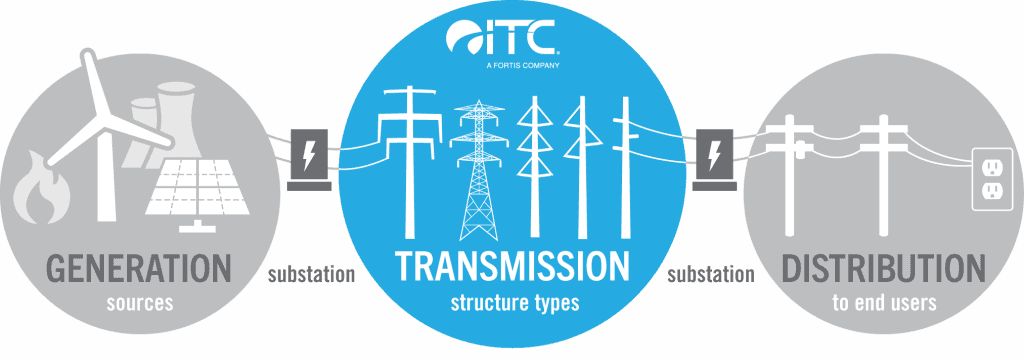OSCODA — The Michigan Department of Environmental Quality this week flew a drone over Van Etten Lake in Oscoda to scout locations for the installation of a wireless all-weather camera system designed to detect foam created by per- and polyfluoroalkyl substances (PFAS) discharges into the lake from the former Wurtsmith Air Force base.
The DEQ flew the DJI 210 drone from Ken Ratliff Memorial Park along the shoreline of Van Etten Lake to determine the best location and height to mount an all-weather camera that will be linked wirelessly to DEQ staff. The drone’s Forward Looking Infrared (FLIR) camera was also used to look for groundwater seeps entering the lake from the airbase.
Following the creation of standards and procedures to protect public safety and address privacy concerns, the DEQ has expanded the use of drone technologies to assist in PFAS responses and other environmental investigations throughout the state. In September, the DEQ flew a drone over Lake Margrethe in Otsego County to locate seeps that could be carrying PFAS contamination from past firefighting activities at the Camp Grayling military base. This was believed to be the first time any state or federal agency used a drone in a PFAS investigation.
“The DEQ drone was invaluable in locating cold water seeps from the Grayling base into Lake Margrethe, but the foam appearances on Van Etten Lake have been more difficult to locate and address quickly,” said Carol Isaacs, director of the Michigan PFAS Action Response Team (MPART). “To improve our monitoring and response times, we will be installing a state-of-the-art camera system with a direct cellular connection to our response team.”
If foam is detected by the camera system, DEQ staff will evaluate the footage to determine if it can successfully be collected by on-call contractors using vacuum equipped trucks as part of an ongoing pilot program to collect PFAS-containing foam on lakes, rivers and streams. The DEQ is also looking to expand its contractor force and plans to add local contract staff to the pilot program.
PFAS compounds are a group of emerging and potentially harmful contaminants used in thousands of applications globally including firefighting foam, food packaging, nonstick coatings, waterproof and stain-resistant fabrics, and other products. These compounds also are used in tanneries, metal platers, and paper manufacturing. The discovery of PFAS contamination is a nationally growing trend across the United States.
In January 2018, the DEQ acted to set a new cleanup standard for PFAS in groundwater used for drinking water of 70 parts per trillion for perfluorooctanoic acid (PFOA) and perfluorooctanesulfonic acid (PFOS) individually or combined. Michigan is one of only a handful of states to establish a cleanup standard.
MPART is overseeing the state’s $23 million effort to locate PFAS contamination, identify sources, and oversee remediation activities aimed at protecting the state’s water resources and mitigating risks to the public. For more information visit Michigan.gov/PFASresponse.






